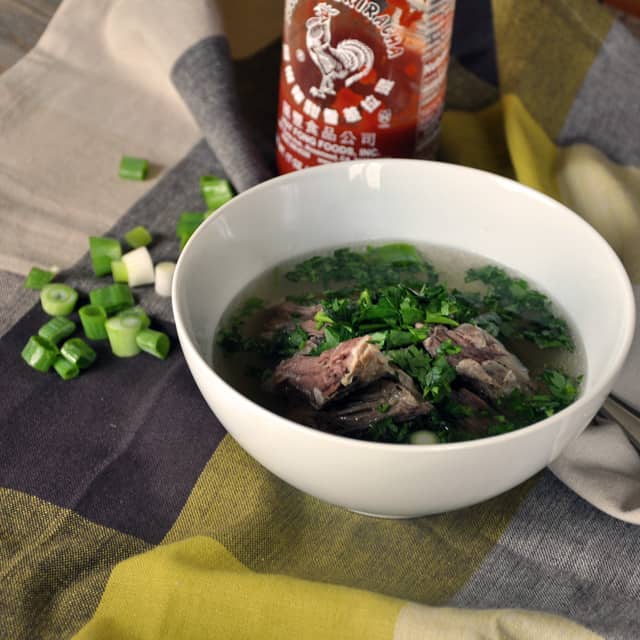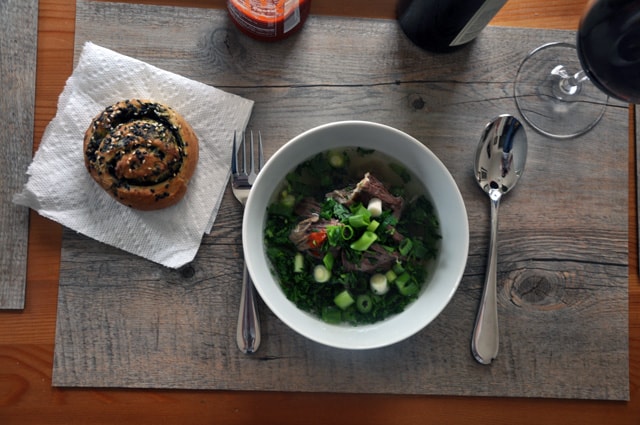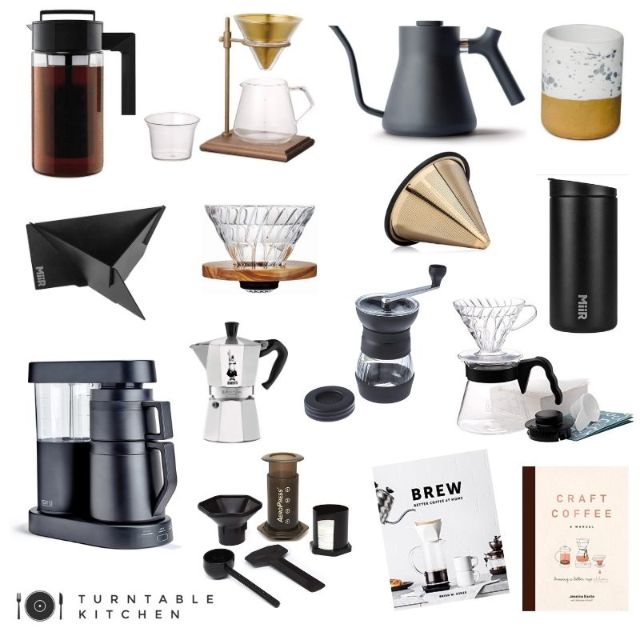
When my parents and I moved to America, I quickly started calling everyone I ever spoke with in class my ‘friends.’ My parents were perplexed. “These aren’t your friends,” they’d say. Well, who were they, then? It seems, in the English language, there are a handful of words associated with people we come in contact with: there are friends, buddies, acquaintances, colleagues, teammates, classmates and, well, enemies.
In 3rd grade, there are only two: friends and enemies. There is no middle ground. You either have friends or you don’t. You either have enemies, or you don’t. Everyone else in inconsequential. I battled with my parents about the merits of the word ‘friend.’ She is a girl I do homework with! Her favorite color is blue, and so is mine! But we walk to school together! But she invited me to a sleepover (and you said no, because you saw no reason why I would need to sleep on the floor at someone else’s house when I have my own bed, at my house). In the end, we settled our differences. My parents accepted that everyone was my friend, while continuing to believe that I didn’t really understand the word.
Today, we’re friends with everyone — even people we don’t know. We’re Facebook friends with people we vaguely remember from a 300 person college lecture and people we met once at a wedding or a work conference. I still refer to certain people, whom I didn’t even invite to my wedding as ‘friends.’ What’s strange is, the word ‘friend’ encompasses so many different people in my life. People I have known for 10, 15 years, people I have known for one. People I work with. People who I know through blogging. People who are friends of friends.
I remember reading somewhere that we’re lucky if we have enough true friends to sit around a kitchen table. Here’s the thing, and tell me if you agree: I know who my friends are. Some of them are better friends than others, but what’s the harm in referring to those others as friends, too? After all, relationships are so personal and one word, or two, or eight, could never really describe every type of friend you might have in your life.
This soup is like that first category of friends: the ones who bring you medicine when you’re sick, and sit next to you at the doctor’s office, if you need them. This soup is the kind of friend that lets you borrow their very favorite sweater or their grandmother’s recipe book. This soup warms your bones. It picks you up. It is simple and intentional and forthcoming. It is honest and no-nonsense. Summer, Spring, Fall, or Winter. This soup is it.

Brothy Beef Shortribs
adapted from Canal House Cooking
3 pounds of highest-quality beef short ribs
1 large piece of ginger, the size of a baseball
3 cloves of garlic, peeled
3 scallions, sliced finely
1 large bunch of cilantro, roughly chopped
salt and pepper, to taste
hot sauce (preferably, Sriracha), to serve
1. Add the short ribs, garlic and unpeeled ginger to a large soup pot. Add cold water until it covers the meat by about three inches.
2. Slowly bring the broth to a boil over medium-high heat. Skim off the foam as it forms on the top. Lower the heat to a gentle simmer and continue cooking for another 5 hours (or until the meat is tender and is falling off the bone).
3. Remove the ginger and garlic, as well as any bones that separated from the meat. Remove the meat from the broth and trim away any fat.
4. Strain the broth: place a colander fitted with several layers of cheese cloth over a large bowl.
5. Use two forks to tear the meat into smaller chunks. Add the meat back to the broth. Season with salt and pepper. Taste and add more seasoning, if desired.
6. Ladle the soup into bowls. Garnish with scallion, cilantro, more salt and pepper, and a healthy dollop of hot sauce.
Musical Pairings: TV on the Radio – Nine Types of Light + Brothy Beef Short Ribs
 Get more of the good stuff from the Turntable.
Get more of the good stuff from the Turntable.



